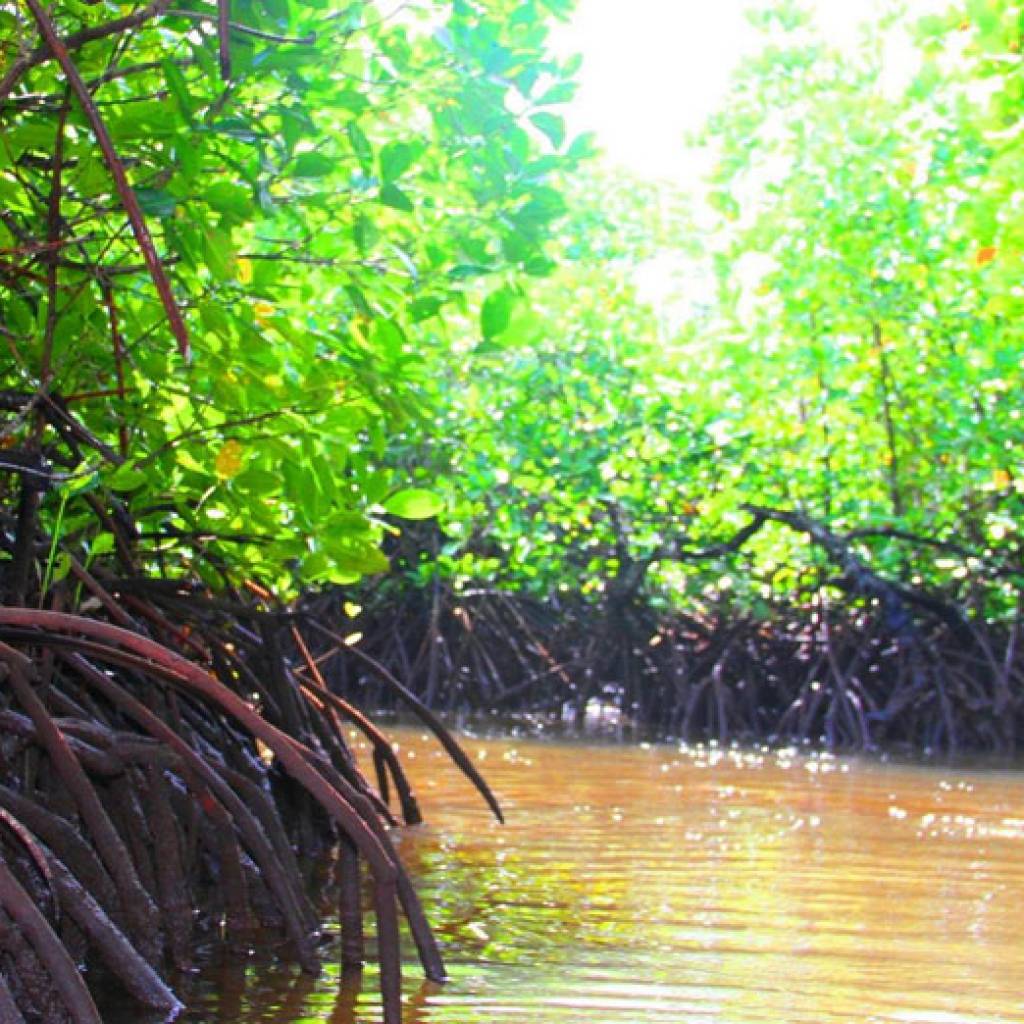Madagascar is among the countries with the most extensive mangrove in the world, if not the first. With some 330 000 hectares of mangroves that line its shores, the island is one of the destinations where privilégiées on peut encore une de près this hunt is fragile answers is important for the warpath.
The places to visit if you want to see the mangroves
Sainte Marie has over 300 hectares of mangroves. A visit to the island on the East Coast promises to be unforgettable, especially as this destination is ideal for whale watching. You will be surprised at the richness of the flora of this vital space for Malagasy people and for the whole world. Sainte Marie or Nosy Boraha surprises for nature lovers. The island and has the power to persuade the most reluctant and the uninitiated.
The north coast, south and west of Madagascar also have mangroves "quality". This is the classification given by Japanese researchers who visited Nosy Be, Antsiranana, Toliara and Morondava. According to them, mangroves Morondava, in western Madagascar, are high in 9 meters.
Such exceptional not only places worth visiting, but their vegetation including mangroves must be protected, because they are threatened.
The specifics of mangroves
According to the classic definition, a mangrove is a kind of forest that grows in areas rocking tides, that is to say, by the sea, a lake or a river. Where mangroves grow, the ground is muddy. It's normal, because these plants take form in coastal vessels. The architecture of this rather unusual vegetation attracts attention quickly. By visiting Madagascar mangrove sites, a unique show itself to you as soon as you lay your eyes. The nature intoxicates the senses and the mind of those who approach these wonders. You will become aware of the importance of these formations. They play a protective role of the people who live nearby, but are also food sources for them. They prevent the bank from being washed away by the waves hurricane season, and especially, the most interesting, they are home to different species of marine animals or semi-marine as crabs, fish and shrimp.
